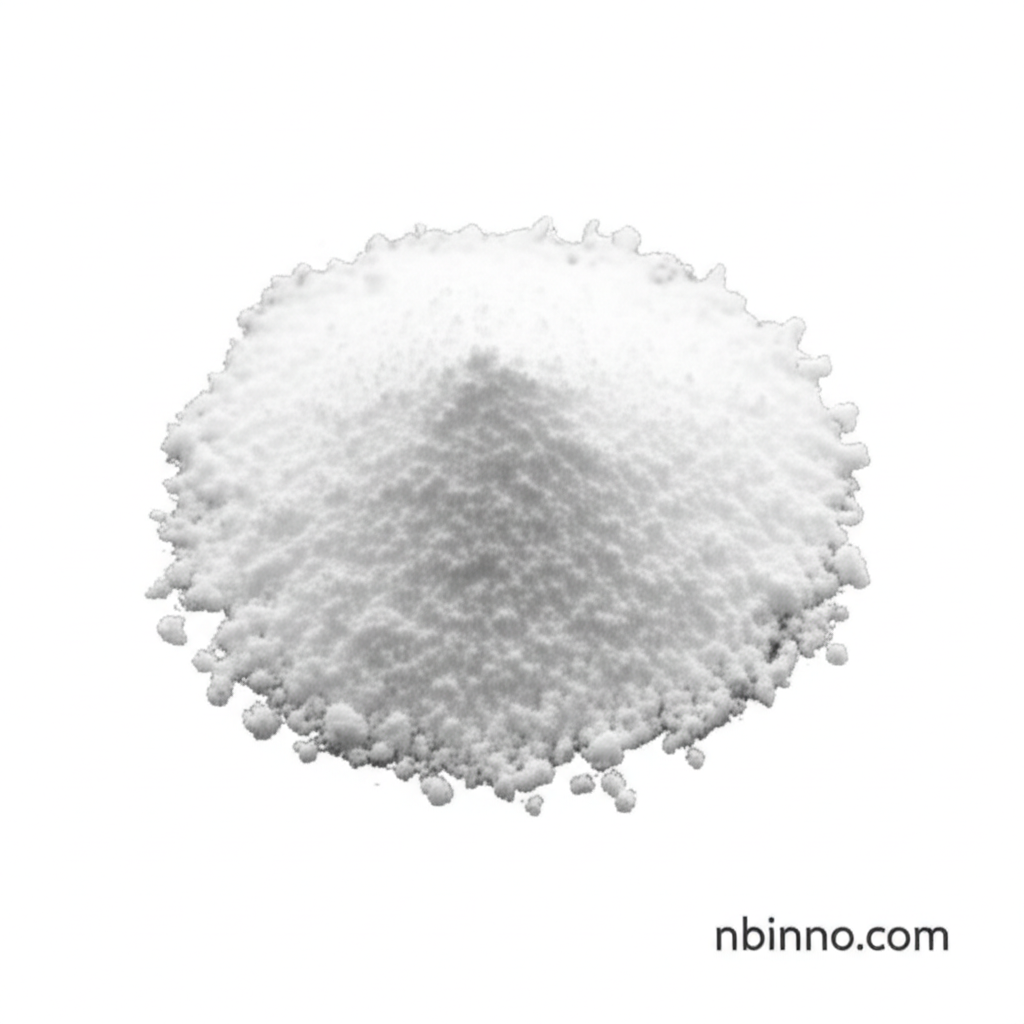Unlock the Power of Sirolimus: A Comprehensive Guide to its Applications and Benefits
Discover the multifaceted applications of Sirolimus, a key compound in modern medicine and research.
Get a Quote & SampleProduct Core Value

Sirolimus
Sirolimus, also known as Rapamycin, is a powerful macrolide compound with significant immunosuppressive and antiproliferative properties. It is widely recognized for its critical role in preventing organ transplant rejection and treating various medical conditions.
- Discover the critical role of Sirolimus for transplant rejection prevention and its benefits in patient recovery.
- Learn about the efficacy of Sirolimus in treating rare diseases like lymphangioleiomyomatosis and vascular malformations.
- Explore the use of Sirolimus in cardiovascular drug-eluting stent technologies to inhibit restenosis.
- Understand the mechanism of Sirolimus as an mTOR kinase inhibitor and its impact on cellular pathways.
Key Advantages of Sirolimus
Enhanced Immunosuppression
Sirolimus effectively modulates the immune system, making it invaluable for preventing transplant rejection, a crucial aspect of post-operative care.
Therapeutic Versatility
Its antiproliferative properties make Sirolimus a vital treatment for conditions ranging from lung diseases to vascular anomalies and certain cancers.
Advancing Medical Technology
Sirolimus is integral to advanced medical devices like drug-eluting stents, contributing to better cardiovascular outcomes and offering a path for innovative treatments.
Key Applications
Transplant Medicine
Essential for preventing organ rejection in kidney and other transplants, ensuring long-term graft survival.
Rare Disease Treatment
Provides therapeutic options for patients with lymphangioleiomyomatosis (LAM) and vascular malformations.
Cardiovascular Health
Used in drug-eluting stents to prevent restenosis after angioplasty, improving cardiac procedure success.
Oncology and Longevity Research
Under investigation for its potential in cancer therapy and its effects on aging processes, highlighting its broad scientific impact.
